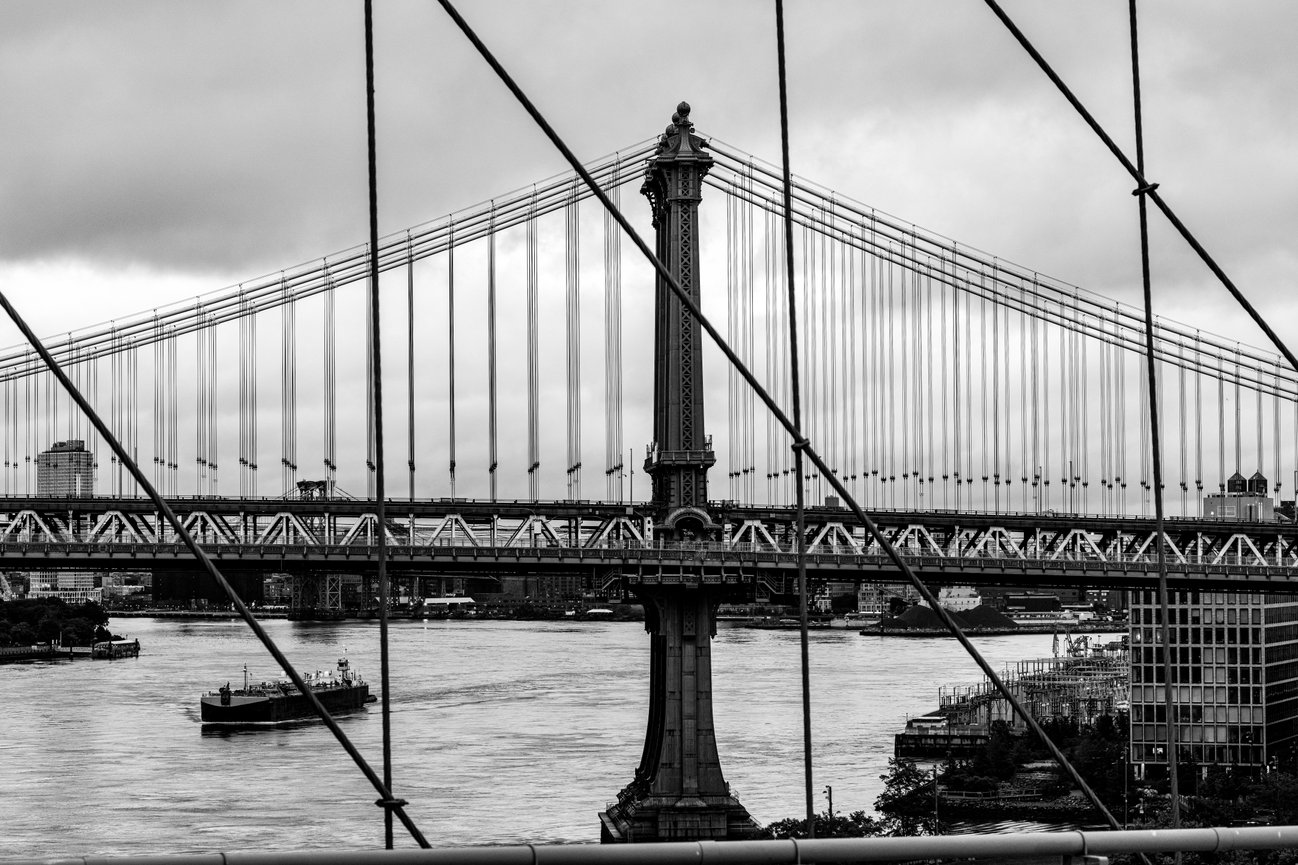The 4th of July in the United States is coming up and I thought it would be a great idea to share a few helpful tips for those who may be heading out to capture some amazing displays across the country.
Here are 7 key things that I think will be useful for capturing some stellar firework displays in the night skies!
1. Use a Good Tripod
Having this is essential! To capture the dynamic images you’re going to want to do long exposures and having a sturdy tripod will be needed for this. Having the trails of the light really brings a lot more depth to the images (like in my example above).
2. Disable SteadyShot (Camera & Lens)
Most don’t think about this feature, so I made sure to make it one of the first points.
In using a tripod you typically want to disable this, when capturing long exposures. The reason being is that even though you’re on a tripod your camera or lens will still try to account for motion, even though there isn’t any really on a tripod. In doing so the camera will capture a slightly blurred image, so that’s why you want to make sure this is turned off (just don’t forget to turn it back on after you’re done!).

3. Shoot in Manual Mode
Alright alright, most know I’m an Aperture Priority shooter majority of the time, but this is one of those rare occurrences where you I don’t. The reason being is you really don’t want the camera adjusting for you in this situation. The lighting will be inconsistent during the fireworks display and you want to dial in your settings yourself for your shooting situation (aperture, shutter speed, etc).
Some light scenes will need a bit more exposure than others, so be careful here there also. Scenes with color may need a bit of a push while the white color scenes will need to be backed off, as to not over exposure them.
4. Use an Intervalometer/Remote
Using a remote is very useful. What this allows is being able to trigger your camera at the time you want, without touching the camera and causing shake upon pressing the shutter button.
With the intervalometer you’d also be able to shoot above 30 seconds if you’d like, by going into your cameras “BULB” mode.
5. Disable Noise Reduction
With the long exposure images your camera is going to take a long time processing the file, which will cause you not being able to take another photo behind the first one you took. Some cameras, like the newer Sony Alpha a9, a7R III and a7 III don’t have this issue, but for most you do and to combat that you’d want to disable this feature. This will allow you to take another photo after your first image takes, so that way you don’t miss that epic shot!

6. Further is Better & Use Telephoto Lenses
For most displays patrons aren’t allowed close up to firework displays anyway, but in doing so it makes for great tight frames when using a telephoto lens. Lenses like an 85mm, 135mm or 70-200mm lens are some great options to choose. The images in this article were taken with an 85mm lens. For this distance it was my best choice, so to be just close enough to capture the fireworks and also have enough framing room to ensure the fireworks will be entirely in the frame! For most the 70-200mm lens may be the best all in one option, having the ideal range you’d want to select a focal length in.
7. Focus Settings & Use a Higher Aperture
Focusing for this can be difficult. What I do is focus near where the fireworks display will be (as in the examples I focused on Navy Pier in the bottom left, where the display was from) and then switched to MF (Manual Focus). This ensured everything would be in focus, as the longer away your subject is the less depth of field there’s going to be with your lens.
You also want a higher aperture value, such as f/8 and higher. f/8 to f/11 are sweet spots usually (as my examples were taken at f/8) and will depend on your scene.
CLICK HERE TO PURCHASE MY LIGHTROOM & PHOTOSHOP (CAMERA RAW) PRESETS
I hope this blog will be useful for taking your fireworks images!






Leave a comment
0 Comments